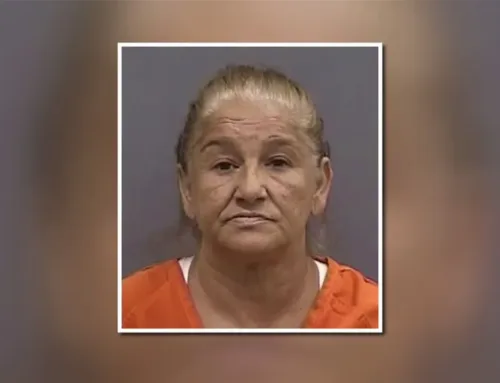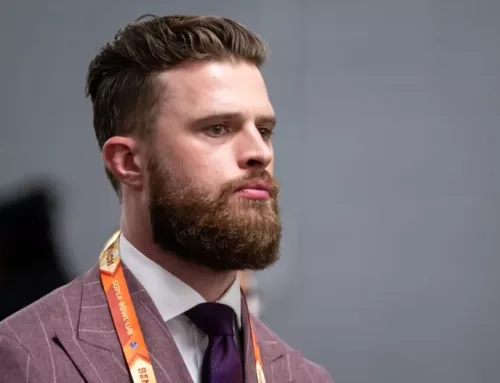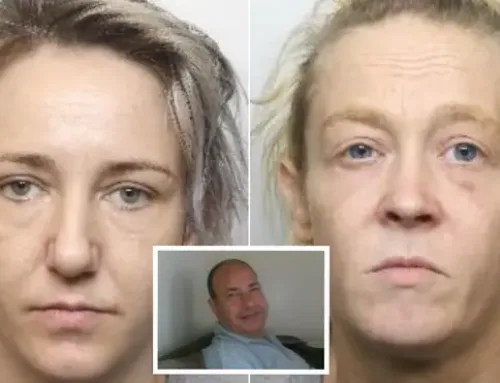Louise Radnofsky, Laine Higgins
November 17, 2021
-Wall Street Journal
A substantial Covid-19 outbreak that this week has sidelined the National Hockey
League’s Ottawa Senators—despite the entire team being vaccinated—carries a
warning for the coming months of professional sports: even with blanket
immunization, pandemic disruptions are far from over.
The NHL announced the suspension of the Senators’ season through at least Nov.
20 after 10 players and one coach tested positive in recent days. The team says it
is fully vaccinated, but hasn’t specified which shots players have received.
After nearly two years in which sports have delivered some of the most vivid case
studies in public health, the Senators are presenting yet another: just how much
Covid can still spread when a vaccinated group of people gather in poorly
ventilated places and get up in each other’s bare faces. That’s a problem for every
sport that plays indoors—and a warning for every coming holiday party.
The outbreak has sent the Senators off the ice to the longest Covid-related sports
hiatus since vaccines became widely available and leagues persuaded nearly all of their players to get vaccinated.
Even in a league with a 99% vaccination rate, breakthrough cases on the Senators
have now infected more than 40% of the roster. Yet epidemiologists say they are
not particularly surprised. They have long warned that while vaccines are highly
effective in preventing serious illness from the coronavirus, they’re not as
foolproof in blocking infections, especially as time passes, immunity fades and the
highly contagious Delta variant spreads—especially when other preventive
measures are not also in effect.
“It’s hockey, it’s not like you’re going to have masking, distancing, ventilation
working in your favor at all times,” said Isaac Bogoch, a University of Toronto
infectious diseases specialist who is a consultant for the National Hockey League
Players Association.
He added: “We can see the effectiveness of the vaccines are slightly waning with
time and it’s real, but we have to remember it’s waning against getting the
infection — the vaccines are holding a lot of their strength against severe illness.”
The problem isn’t just that hockey is played without face-coverings, six-feet-apart
stickers and opened windows. The NHL and other leagues have also peeled back
the heftier testing regimens that they deployed in the pre-vaccination era. Fully
vaccinated players are only required to take a PCR test every third day, while
unvaccinated players must continue doing so daily. Vaccinated players need only
take daily tests if they are identified as a close contact of someone who has tested
positive; unvaccinated players can be sent into quarantine.
Professional hockey played its first pandemic season inside a bubble akin to the
National Basketball Association’s Disney “campus setting.” It’s no coincidence
that the two most prominent indoor professional sports in America chose a form
of lockdown to be able to play on inside, while football and baseball soldiered on
outdoors though found themselves struggling with indoor activities such as
dining.
Actually, hockey went one step further than basketball and made a “double
bubble” for its 2020 playoffs. Players were not only in a sealed environment with
limited contact with people from the outside world, but that outside world
happened to be communities in Canada with very low rates of Covid cases.
Outside of that bubble, there were rich examples of how easily the virus could
spread inside an ice rink.
In a paper published by the U.S. Centers for Disease
Control and Prevention, Florida health officials recounted a June 2020
recreational hockey game in Tampa Bay during which a presymptomatic but
infectious player appeared to have transmitted coronavirus to eight out of 10
teammates, five out of 11 players from the opposing team, and one rink staff
member.
“The ice rink provides a venue that is likely well suited to Covid-19 transmission
as an indoor environment where deep breathing occurs, and persons are in close
proximity to one another,” the authors wrote.
“The high proportion of infections that occurred in this outbreak provides evidence for SARS-CoV-2 transmission during an indoor sporting activity where intense physical activity is occurring.”
Finnish researchers found an asymptomatic carrier of Covid-19 in an under-20
team had infected 22 of 28 teammates, that another 24 players from two opposing teams the under-20s had just played tested positive in the next two weeks, and since some of those players were training with senior teams, an additional three
infected players were detected.
The Senators’ outbreak for now presents only a minor scheduling headache for
the NHL, which must now squeeze two additional games into the remaining 23
weeks of the regular season. That’s a bit harder to do in 2022 than most years, as
the NHL is taking a three-week hiatus in February to allow players to represent
their countries at the Beijing Winter Olympics.
Bogoch said that his prescription for hockey was to “carry on carrying on,” he
said. “When you think about how contagious Delta is, how many games have been
played… all things considered, it’s going OK.”
He said he saw no need for a return to the bubble, but he also didn’t want to see
hockey drop all testing and just let players spread infection.
“A bubble I don’t think is reasonable at this point in time; nor is pretending that
the pandemic is over.”




